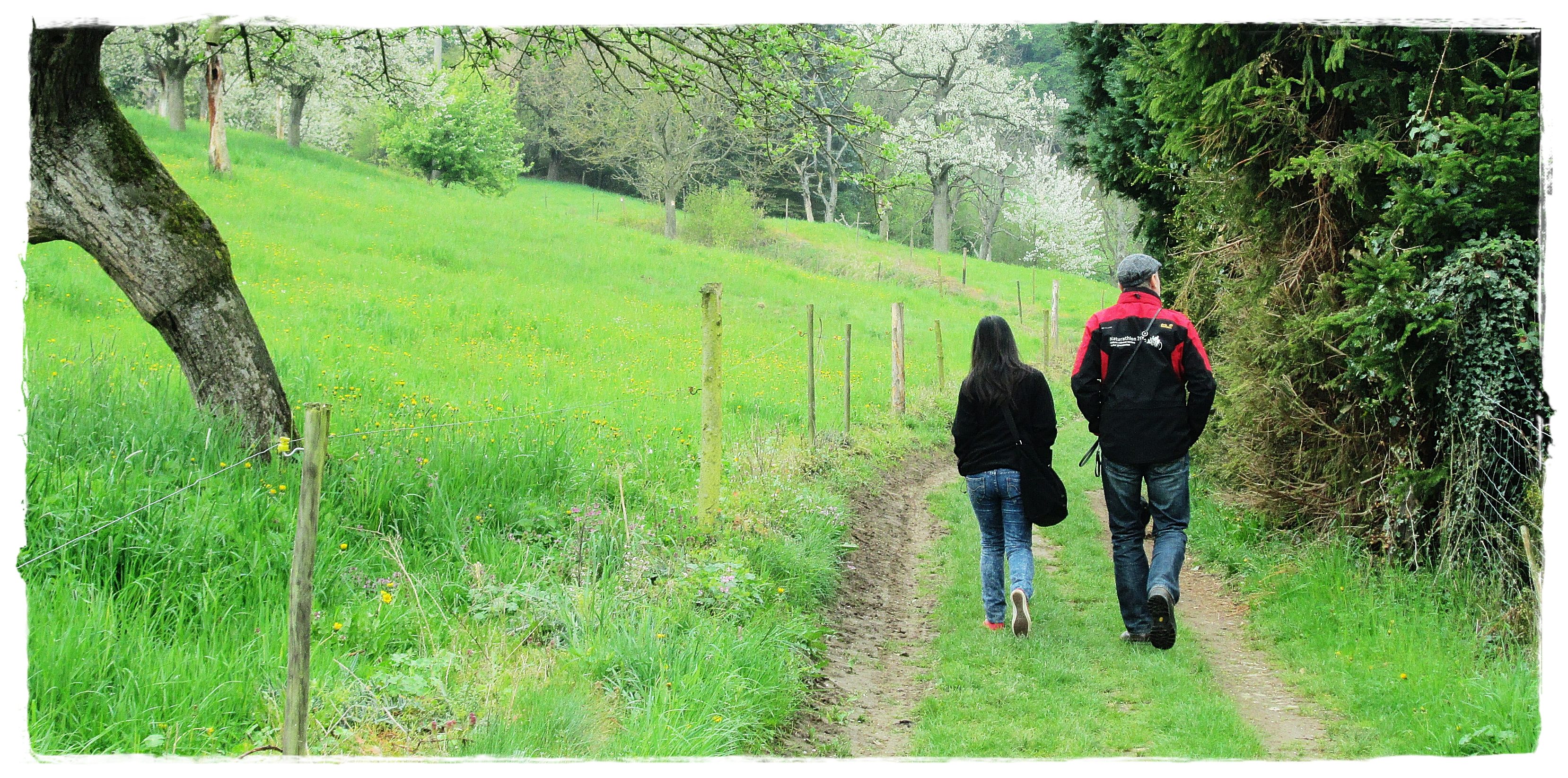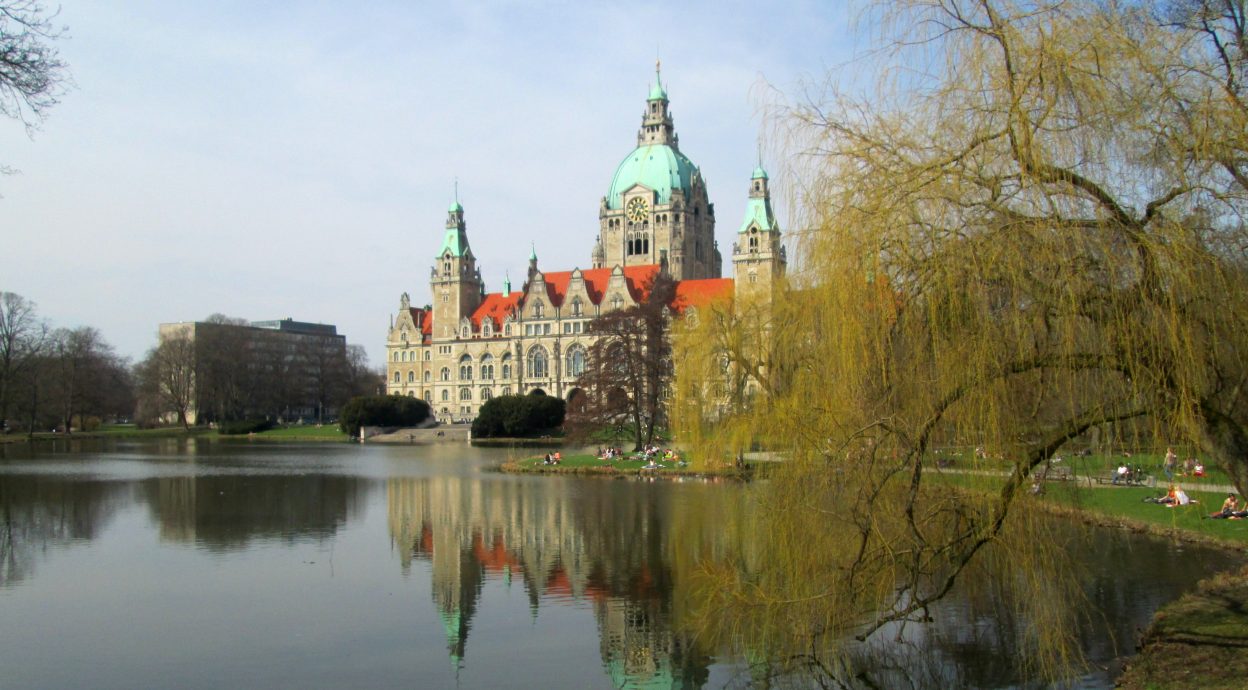BENEDICTINE ABBEY OF ST. HILDEGARD OF BINGEN
Hesse, Germany – Being schooled by Benedictine sisters for four years have made me curious and interested at the same time of the place, they called abbey, where they are exactly staying, what they do in there and why they do such things.
One weekend, my host brought me to the Benedictine Abbey of St. Hildegard at Rüdesheim and Eberbach Monastery
Rüdesheim is a winemaking town in the Rhine Gorge and thereby part of the UNESCO World Heritage Site. It lies in the Rheingau-Taunus-Kreis district in the Regierungsbezirk of Darmstadt in Hesse, Germany.
Like all Benedictine nuns, the sisters of the Abbey of St. Hildegard live a life based on the 1500-year-old Rule of St. Benedict. These rules express a long monastic tradition, reveal a very personal spiritual experience and offer guidance on how to achieve a meaningful Christian life.
 The Benedictine rules, shaped by the love of God and the rational knowledge about man, convey a message that is, it its essence, still relevant today.
The Benedictine rules, shaped by the love of God and the rational knowledge about man, convey a message that is, it its essence, still relevant today.
The aim and objective of a monastic which means cloistered life is to strive to live completely in the presence of God, to praise Him in prayer, labour and monastic community life and thus constantly to remind mankind of His existence. The focus of convent life is regular common prayer and celebration of liturgy.
Five times a day the sisters assemble in prayer to place all worries and needs of the world and the Church before God. They also pray on behalf of all those who are not able to pray yet or who cannot pray any more.
In a convent of about 50 nuns, 12 employees and an average of 20 guests; the sisters’ work involves running a household and organizing the daily life of a community such as: work in kitchen and laundry, growing fruits and vegetables, taking care of the grounds and buildings, sewing and wood working.
The Benedictine sisters lovingly perform their daily duties in all of these areas with tireless dedication, especially those tasks which on the outside seem rather nondescript are the ones that support the community and profoundly hold it together.
The Abbey.
- Guest Quarters. The abbey is accommodating guests which offer a secluded and restful setting. Guests are invited to pray with the sisters, to enter into a conversation with them or spend some time in silence and reflection.
- The Abbey Shop. The Benedictine Abbey of St. Hildegard’s community supports itself directly from the income of the Abbey’s businesses. A team of four sisters and two employees works in the bookshop that offers religious books, literature, guiding and counseling books, cards, craft items, ceramics, icons and calendars, among others.
- The Abbey Winery. In the abbey’s vineyard, the sisters cultivate six hectares of vines using an environmentally friendly method, planted with 85% Riesling and 15% Spätburgunder (a red burgundy grape harvested in autumn). From production through marketing, everything is produced in their cellar and sold over the counter in their own wine shop.
- Spelt Products. Since 1970, the Abbey has a business called “Dinkel und Likör” (spelt and liquer). Hildegard of Bingen already recommended splet as the best and healthiest of all grains 900 years ago. Today, many people have rediscovered it. The Abbey’s spelt products include flour, muesli, ground spelt, noodles, baked goods etc. The in-house liqueur, digestive liqueur, wine jelly, honey, and spelt beer complete the range of natural products.
- The Arts and Crafts Workshops. The arts and craft workshops make an important contribution to the livelihood of the community. The master goldsmith makes sacred vessels as well as jewelry of any kind. In the ceramics and pottery studios, one finds a large selection of reliefs and sculptures as well as many items of practical use from the potter’s wheel. A restoration workshop for papers and documents from ecclesiastical archives restores old manuscripts, incunabula and books.
EBERBACH MONASTERY
To the north of the Rheingau, where the Taunus Mountains shelter the vineyards, a walled monastery lies at the lower end of the Kisselbach valley. Far below the village settlements, in dark contrast, once stronger than now, to the charming landscape along the river, the group of monastery buildings preserves something of the seclusion which was the way of life for the community of monks who lived there for 700 years.
KlosterEberbachor Eberbach Monastery was founded in 1136 by Bernard of Clairvaux as the first Cistercian monastery on the east bank of the Rhine, on the site of a previous monastic foundation of Adalbert of Mainz, which had been occupied at first by Augustinian canons and then by Benedictine monks, which had however failed to establish itself.

However, monastic life in Eberbach Monastery no longer exists and serves this day as a typical example of an ideally constructed and completely preserved Cistercian monastery complex and is almost unique in Germany in this regard.
In addition to the cloister, which was reserved only for the monks, the hospital, the lay brothers’s building and the monastery complex wall have been preserved.
Because of its impressive structures, predominantly from the 12th through 14th centuries, the Eberbach Monastery is considered to be one of the most important architectural edifices of the Middle Ages not only in the state of Hesse but it also serves as one of the most outstanding monuments of Cistercian architecture in all of Europe.
The defining architecture of the Romanesque and Gothic periods as well as the elements of the Baroque forms a singular magnificent structural ensemble.







Eberbach Monastery today is a charitable foundation under the public law whose mission is to preserve the abbey buildings for posterity and to keep them open for the public and for cultural purposes. Although, the last monk to leave Eberbach approximately 200 years ago, this mission takes up a number of monastic traditions that were once fostered here. The complex is owned by the Eberbach Monastery Foundation and endeavours to maintain all the historically important buildings in good condition in the course of a comprehensive general restoration to their original appearance as documented.* (RRM)



